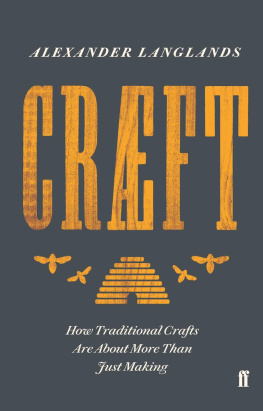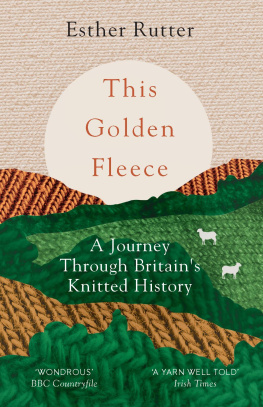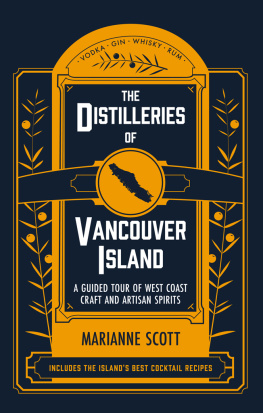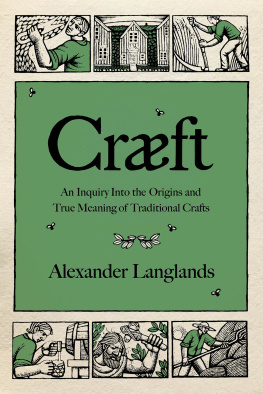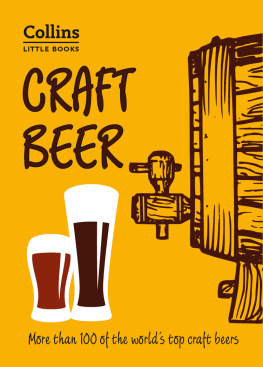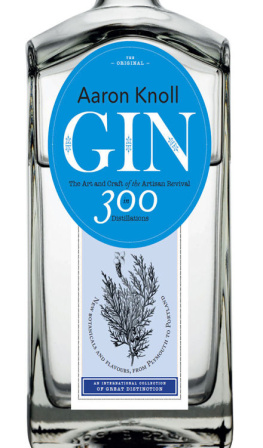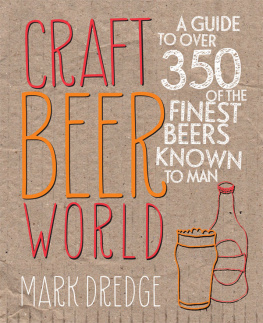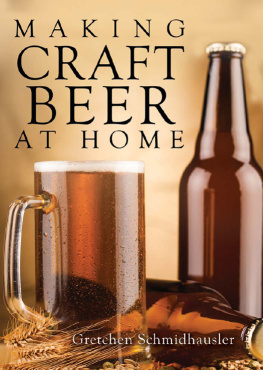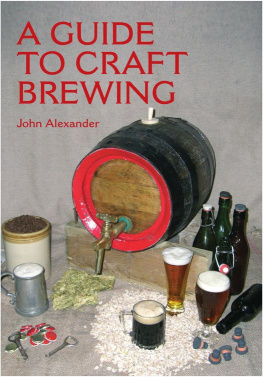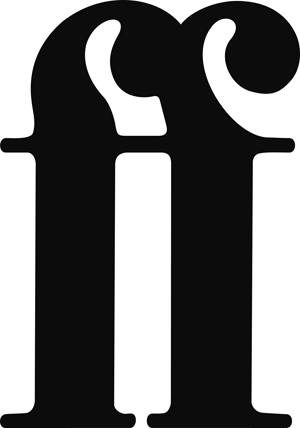I REMEMBER THE FIRST time I used a scythe. I was in my mid-twenties and, sick of city life, I had taken up the tenancy of a cottage in the middle of nowhere. Neglected for years, the garden was a waste ground of invasive weeds, molehills and tumbled-down fences. At first I relished the challenge of taming this wilderness, but after just one year the burden of mowing the grass, strimming the various rough patches and trimming the hedges began to grind me down.
Perhaps the most irritating part of the process was the maintenance of the various petrol-powered cutting machines I had to use. The strimmer, a length of steel tube with an engine at one end and a head of rotating nylon cord at the other, was a particularly truculent contraption. I always dreaded trying to get the blasted thing started after its long winter hibernation. Ensuring the mix of oil and petrol was just right for the highly strung engine, clearing the air filter, decarbonising the spark plug, replenishing the nylon cord, oiling the head and flushing the carburettor were all jobs that had to be undertaken before endlessly yanking away at the starter cord, desperately hoping it would fire into life. And when it finally roused itself from its winter slumber and revved up to fever pitch, on went the protective gear: steel toecaps, goggles, gloves and ear-defenders. I would submerge myself into a day of monotonous buzzing and rattling, flaying the emerging spring vegetation.
However, one morning in late April, no matter what I did I just could not get the damned thing to start. In the days of my youth I would have taken it to my father a man of the post-war generation when everyone was a hobbyist mechanic and with a bit of tinkering he would soon have had it going. But I was on my own here. In the middle of nowhere. And no amount of swearing and cursing was going to improve the situation. Dismayed, as I cast my eye over the unruly undergrowth encroaching on the last vestiges of lawn around the cottage, my mind recalled an implement I had hanging up in the back shed. It was a scythe Id purchased a few years before at a car boot sale, for the princely sum of ten pounds. Carrying it back to the car that day, I had conjured up a romantic vision of myself emulating the farmhands of Old England, slashing through acres of luscious meadow grass between manly swigs from a cider flagon. Blunt and rickety scythe in hand, I set about cutting and quickly developed a pendulum-like hacking motion. Progress was slow, but it was working and I was living the dream.
It was lucky for me that one of the older gamekeepers caught sight of me. As he pulled up in his clapped-out Land Rover he leaned out of the window and laughed. I can see youve never used a scythe before, boy. Within seconds he was smearing a drop of spit down the blade with a whetstone, working up a fine abrasive paste and softly grinding a shining edge on the black patina of the antiquated iron. Razor sharpness was everything. And the technique he demonstrated was different too. Holding the blade parallel to the ground and as far away from the body as was comfortable, he drew it towards himself in an arcing motion, slicing not hacking through the undergrowth. The hollow ringing sound of the blade scything through the grass and weeds was clean and appealing. But whats more, the speed and effectiveness was astonishing. On the back swing a brushing technique could be adopted with the rear of the blade, teeing up any fallen plants to be sliced through on the returning swipe. I was impressed. And while the job had probably taken me a fraction longer than with a strimmer, Id enjoyed listening to the sound of the birds while I worked.
That summer the scythe became the tool of choice. Relieved of the rigmarole of fuelling, servicing and maintaining the strimmer, scything could be conducted on a whim, the scythe plucked from the toolshed and employed for an hour or two here and there. My technique improved. I became stronger and began to feel less exhausted at the end of a stint, and almost matched the time taken to do the same job with a strimmer. And the shape of the garden changed too; straight lines gave way to sweeping curves and corners became rounded. Scythed twice that year, the variable stubble of my small meadow created an attractive environment for a variety of grasses and wild flowers, which in turn supported a host of different insects. As autumn reached for her golden crown, I realised that Id taken a traditional way of doing something and had found that, on my terms, it was just as effective as the mechanically charged, petrol-powered methods of today.
And so, my relationship with crft had begun.
I GUESS I NEEDED to make a distinction between how we think about the modern definition of craft and what it meant when it first appeared in the English language over a thousand years ago. In a keynote lecture given to the Heritage Crafts Association in 2013, Sir Christopher Frayling echoed the sentiments of David Pye, in The Nature and Art of Workmanship, when he called craft, a word to start an argument with. I dont want to start any arguments but its true: craft has become so ubiquitous that its increasingly difficult to state with any exactitude a definition precise enough to satisfy everyone. Certainly, it has something to do with making and making with a perceived authenticity: by hand, with love; from raw, natural materials; to a desired standard. It doesnt necessarily have to result in an object, though. A recent craze for craft beers means that we can consume craft and essentially come away with nothing to show for our purchase except perhaps a slightly fuzzy head the next day. In the world of art it can be a methodological process as much as a conceptual tool. In the world of luxury, a reassurance that you are acquiring the very best product money can buy. In the world of the everyday, the success of the retail giant Hobbycraft is the best illustration that we still revel in the pastime of using our hands to make something that can be given, enjoyed and cherished.
But even in todays versatile use of the word craft there is only the faintest overlap with the definition crft had when it first appeared in written English over a thousand years ago. The Oxford English Dictionary can find no one word to exchange, like for like, for Old English crft, and instead offers an amalgam of knowledge, power, skill, and an extended definition where a sense of wisdom and resourcefulness surpass in importance the notion of physical skill. It would seem that we cant quite put our finger on exactly what crft was.
It is this inability to assign a precise contemporary meaning that justifies the ideas put forward in this book of a lost knowledge and of how traditional crafts, as we know them, are about so much more than just making. We dont have crft in our lives any more. Our Anglo-Saxon ancestors certainly had it, but at some point we mislaid it and with it its true meaning. Over the course of the last fifteen years Ive found many occasions to think through the idea of a lost knowledge. As an archaeologist Im constantly confronted with the material culture of past societies: objects that were once fashioned, used, altered and discarded. Through the analysis of these objects, archaeologists attempt to draw conclusions about the nature of the human condition and, in particular, how our thinking, our actions and our relationship with our environment have changed over time.

